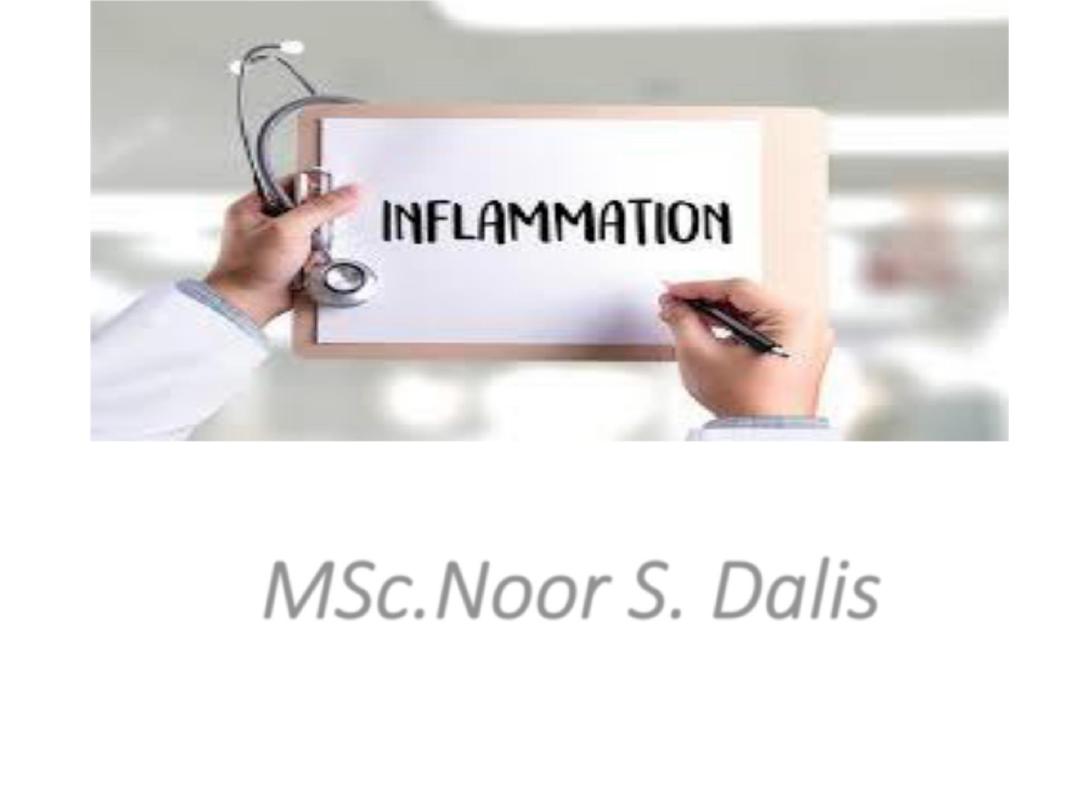
Lec 1 Theory Physiology Dr. Noor
Salman
1
MSc.Noor S. Dalis
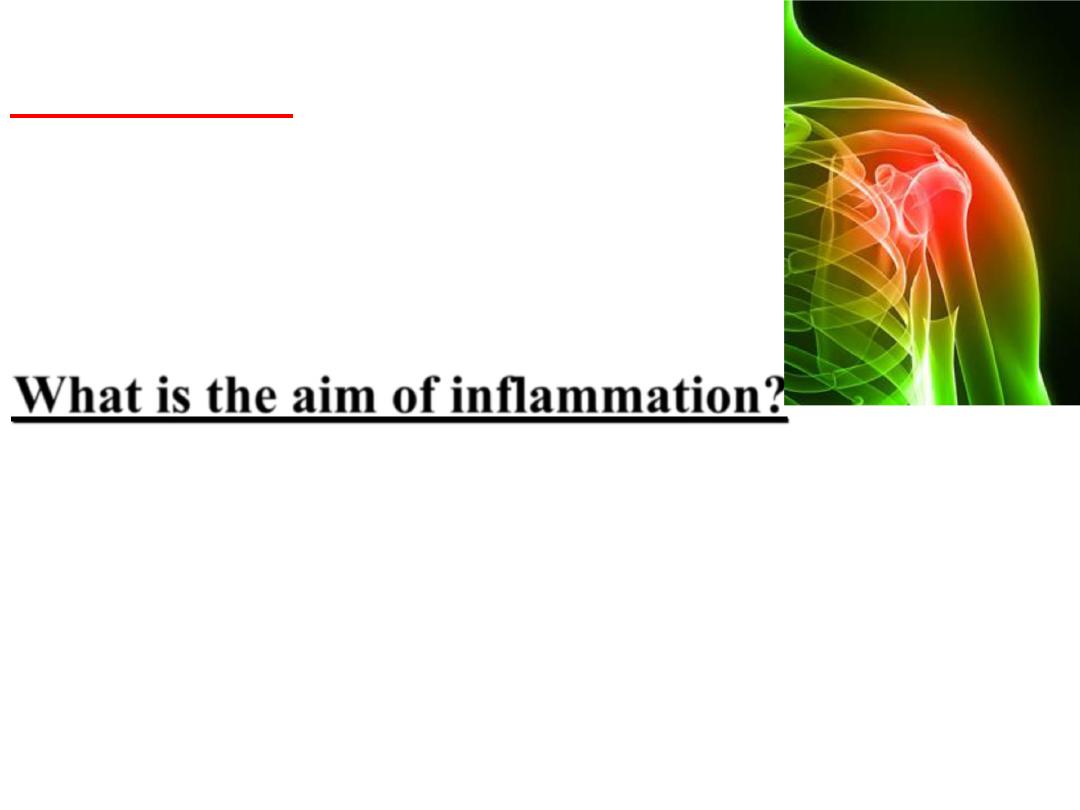
Lec 1 Theory Physiology Dr. Noor Salman
2
Inflammation
is part of the complex
biological response of vascular tissues
to harmful stimuli, such as pathogens,
damaged cells, or irritants.
What is the aim of inflammation?
1.To eliminate the initial cause of cell injury
2.Diluting, destroying and neutralizing the
harmful agents
3.limit tissue injury
4.Generate new tissue
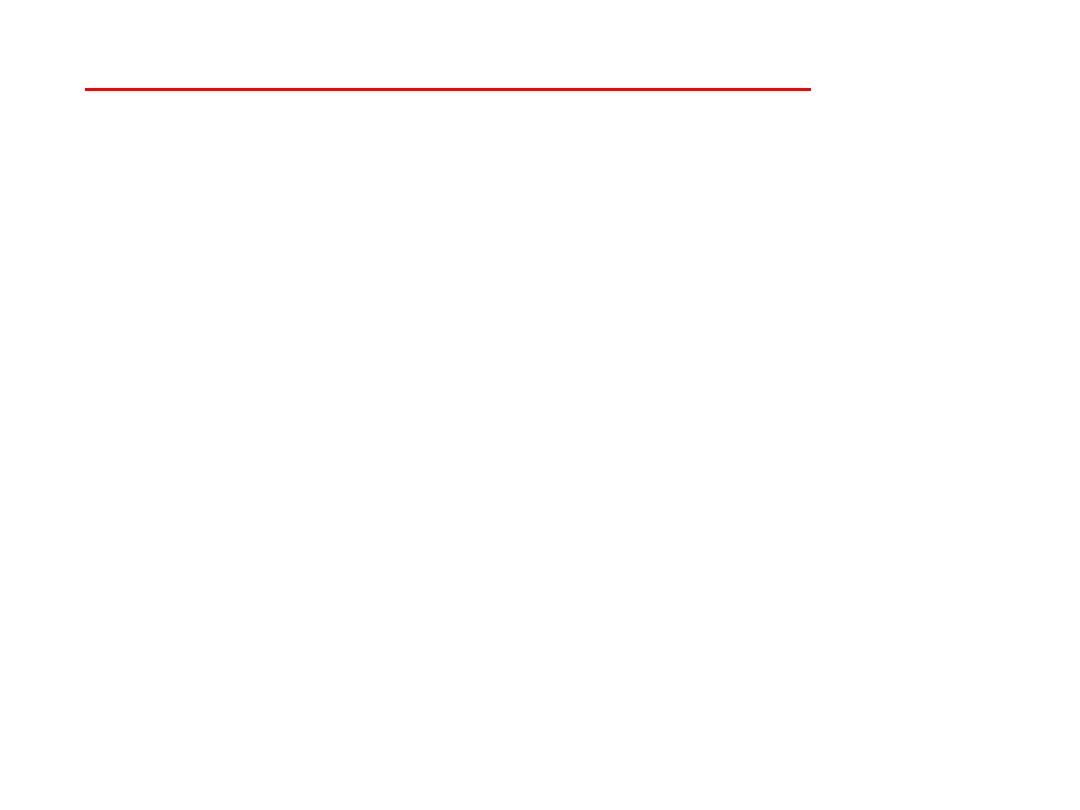
Lec 1 Theory Physiology Dr. Noor Salman
3
The inflammatory response
1. to immune reaction
2. to injury
3. to ischemic damage
• Inflammation is not a synonym for infection, even
in cases where inflammation is caused by infection.
• Although
infection is caused by a microorganism,
• inflammation is one of the responses of the
organism to the pathogen.
inflammation is a stereotyped response, and
therefore it is considered as a mechanism of innate
immunity, as compared to adaptive immunity, which
is specific for each pathogen.

Lec 1 Theory Physiology Dr. Noor Salman
4
• Infections are caused by microorganisms such as
viruses, prions, bacteria, and larger organisms like
parasites and fungi.
• Hosts can fight infections using their immune system.
• Mammalian hosts react to infections with an innate
response, often involving inflammation, followed by an
adaptive response’.
The classic signs of inflammation
1. Redness
2. Swelling
3. Heat
4. Pain or discomfort
5. loss of function
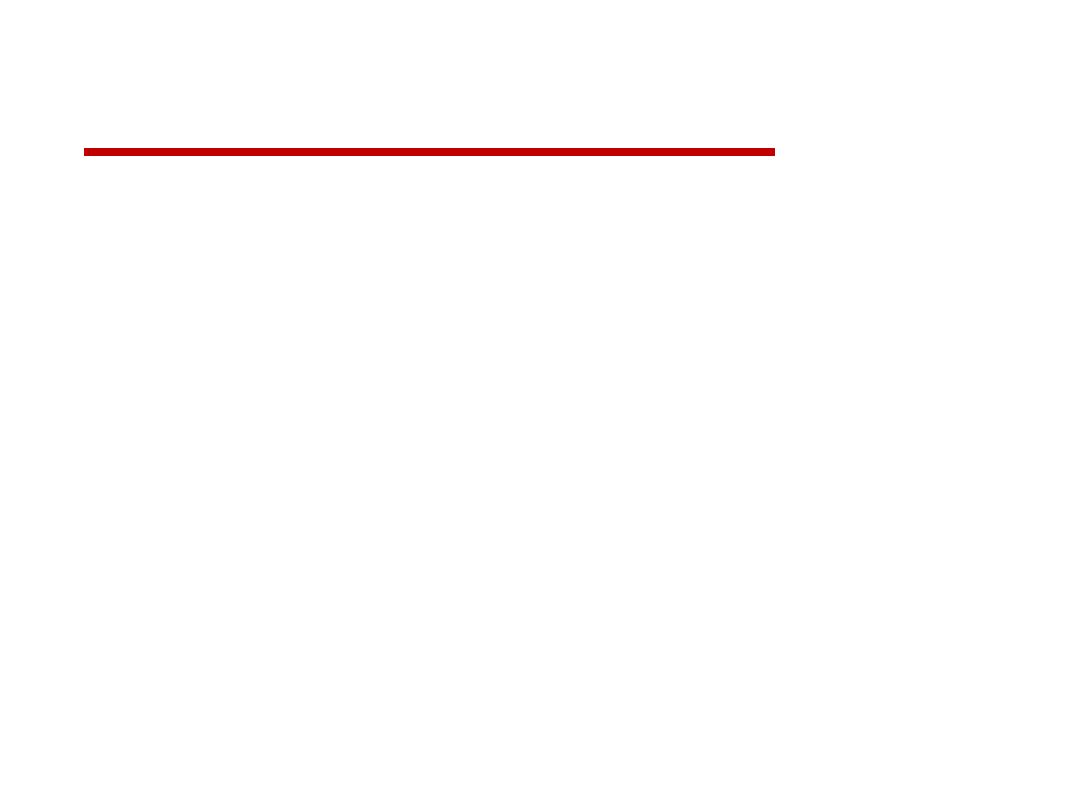
Lec 1 Theory Physiology Dr. Noor
Salman
5
Causes of inflammation:
A. Exogenous
• Mechanical
• Physical
• Chemical
• Biological
B. Endogenous
• Circulatory disorder, hypoxia
• Endogenous protease release
• Immune complex formation
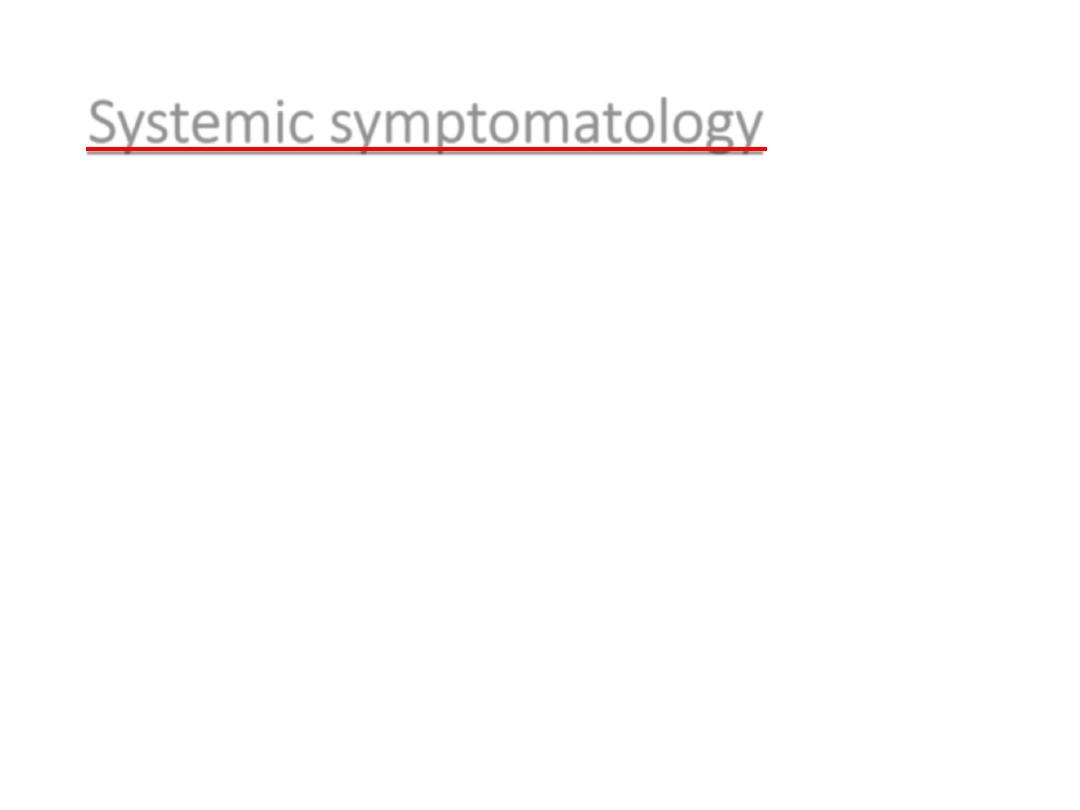
Lec 1 Theory Physiology Dr. Noor Salman
6
Systemic symptomatology
• fever (irritation of center of thermoregulation)
tumor necrosis factor (TNF) & interleukin1 (IL-1) and IL-6
interleukin6
• High erythrocyte sedimentation rate
• leukocytosis - increased number of WBC
1. bacteria – neutrophils
2. parasites – eosinophils
3. viruses - lymphocytosis
• leucopenia - decreased
"
WBC
"
• viral infections, salmonella infections, rickettsiosis
• immunologic reactions - increased level of some substances
(C-reactive protein)
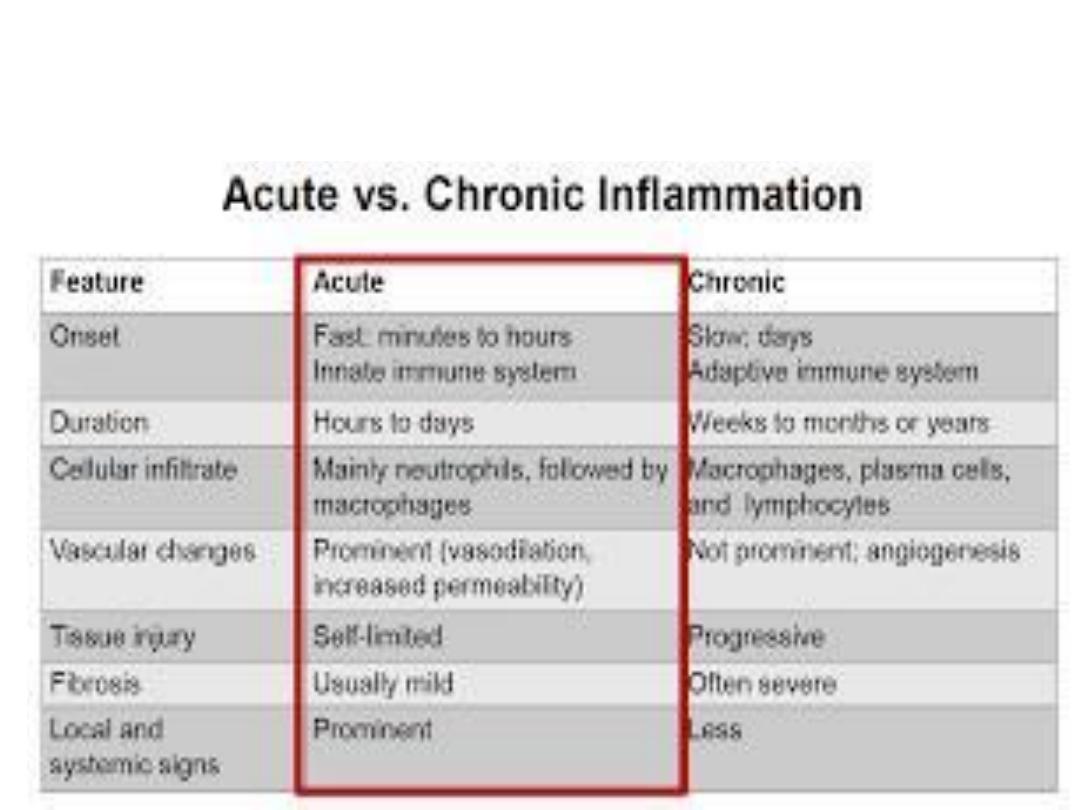
Lec 1 Theory Physiology Dr. Noor
Salman
7
.
Types of Inflammation
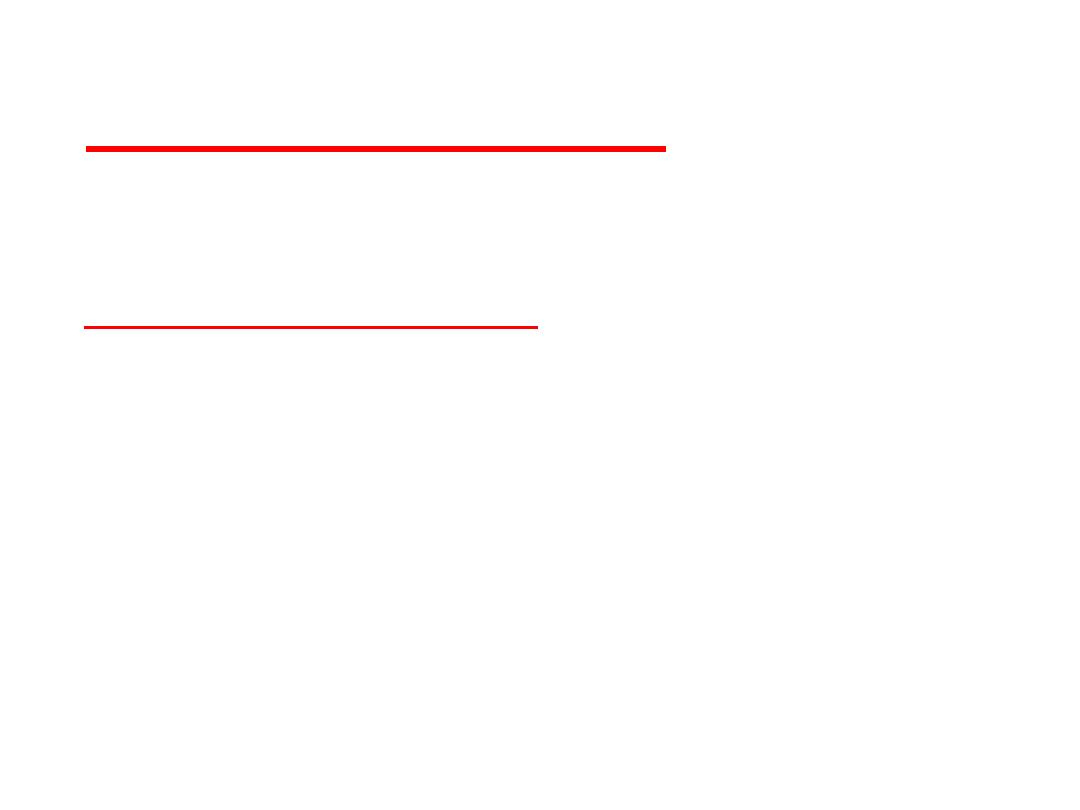
Lec 1 Theory Physiology Dr. Noor Salman
8
Types of inflammation
• 1- Acute inflammation.
• 2- Chronic inflammation
A. Acute inflammation (AI) :
is of short duration lasting from
few minutes up to few days .
• The major local manifestations of acute inflammation:
A- Vascular changes : vascular dilation causing redness
(erythema) and warmth and extravasation of plasma fluid
and proteins (edema)
B- Cellular events :leukocyte emigration and accumulation in
the site of injury .

Lec 1 Theory Physiology Dr. Noor Salman
9
Acute inflammatory reactions are
triggered by a variety of stimuli:
1. Infections (bacterial, viral, parasitic) .
2. Trauma (blunt and penetrating)
3. Physical and chemical agents (thermal injury,
e.g., burns and irradiation)
4. Tissue necrosis (from any cause)
5. Foreign bodies .
6. Immune reactions (also called hypersensitivity
reactions)
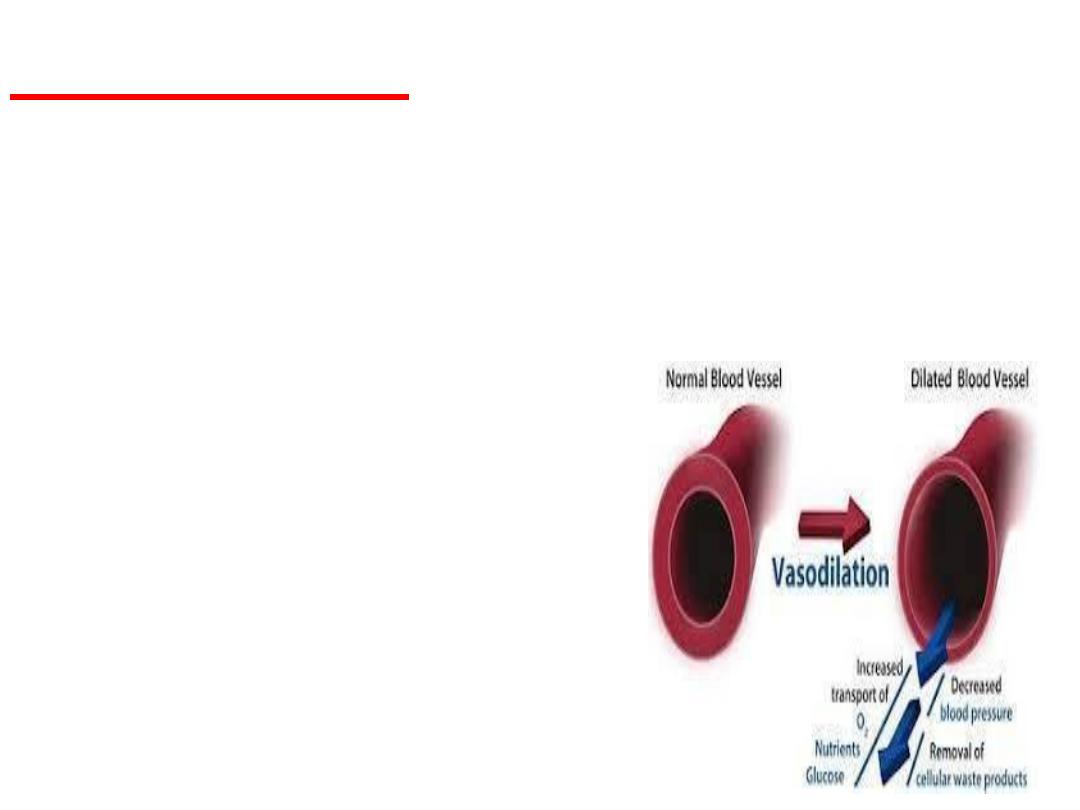
Lec 1 Theory Physiology Dr. Noor Salman
10
Vascular changes
A. Vasodilatation, which first involves the arterioles & then
results in opening of new microvascular beds in the area. The blood
flow thus will be increased in the injured area , this is called active
hyperemia. This is the cause of heat & redness observed clinically.
•increased permeability of vessels due to widened intercell.
•junctions and contraction of endothelial cells (histamin,
bradykinin)
•protein poor transudate (edema)
•protein rich exudate
• leukocyte-dependent endothelial
injury
• •proteolysis – protein leakage
• •→ platelet adhesion→ thrombosis
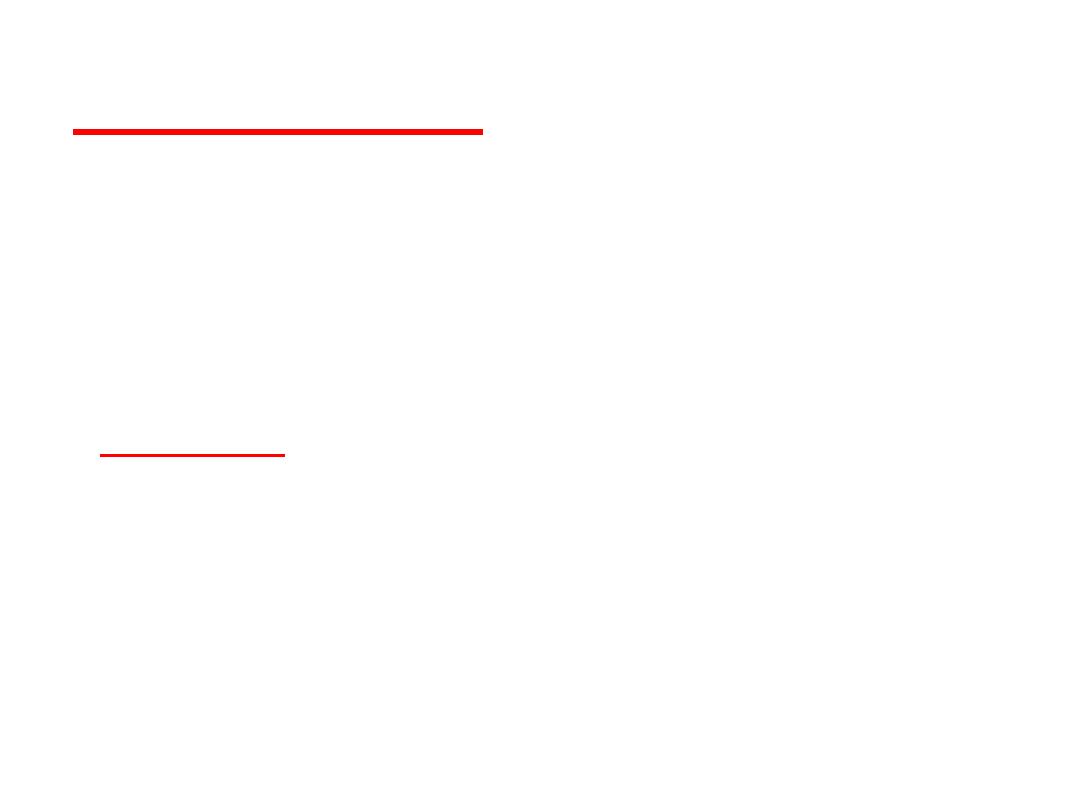
Lec 1 Theory Physiology Dr. Noor Salman
11
B. Cellular events
• leukocytes margination
• neutrophils (1-2 days)
• monocytes (2-3 days)
• •chemotaxis
1. •endogenous signaling molecules - lymphokines
2. •exogenous - toxins
• •phagocytosis - lysosomal enzymes, free radicals,
oxidative burst
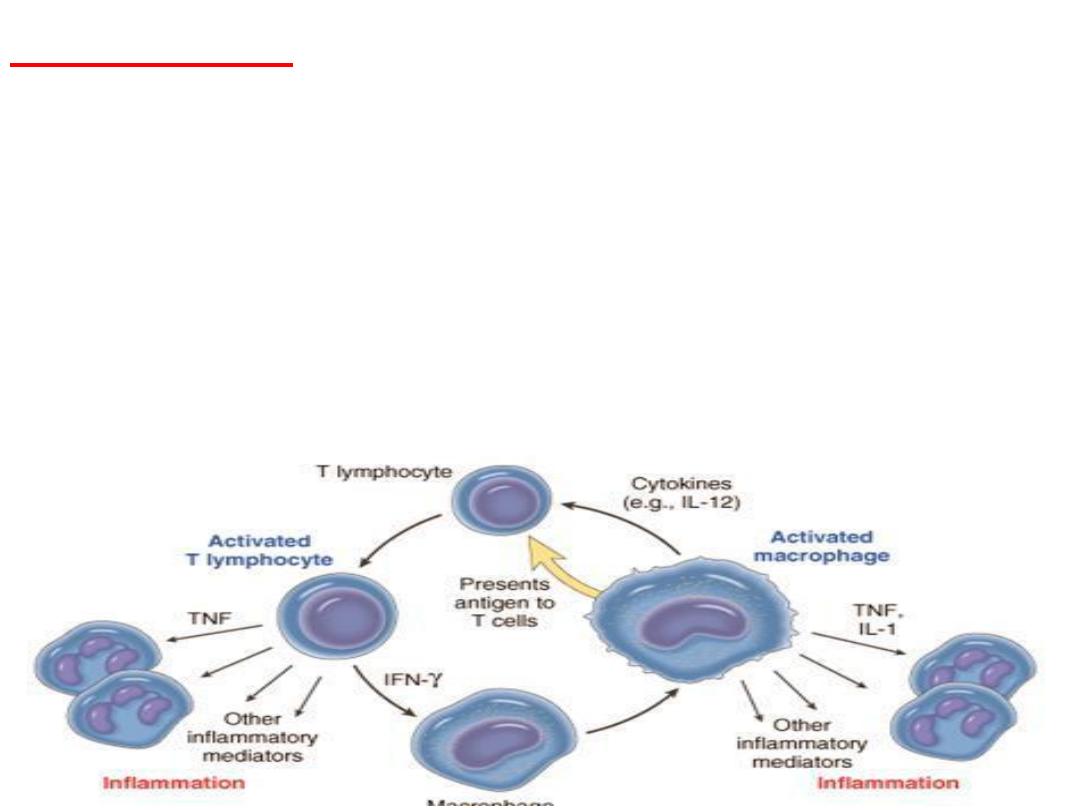
Lec 1 Theory Physiology Dr. Noor Salman
12
C. Phagocytosis
• adhesion and invagination into cytoplasm
• engulfment
• lysosomes - destruction
• in highly virulent microorganisms can die leucocyte and
not the microbe
• in highly resistant microorganisms - persistence
within macrophage - activation after many years
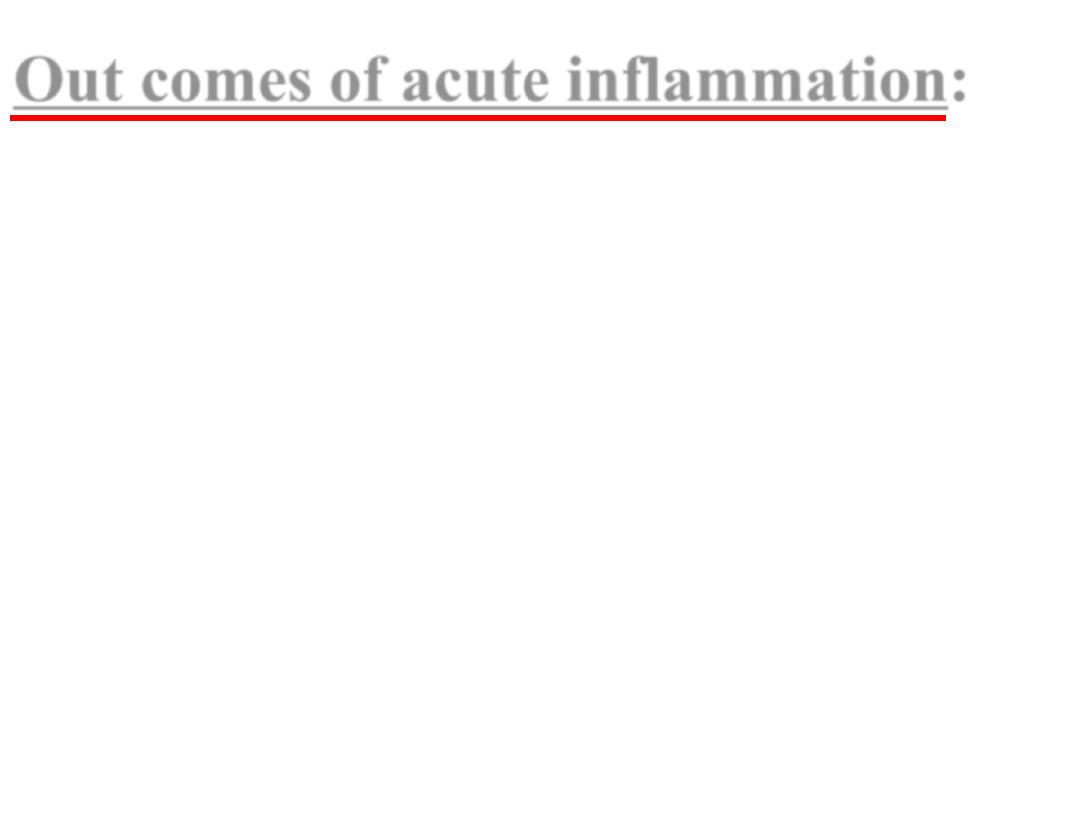
Lec 1 Theory Physiology Dr. Noor Salman
13
Out comes of acute inflammation
:
1-Complete resolution
: When the injury is limited or short
lived, when there has been little tissue destruction and when the
tissue can regenerate, the most usual outcome is restoration to
histologic & functional normalcy. The lymphatic drainage &
macrophages lead to the clearance of edema, inflammatory cells
and necrotic debris.
2-Scarring or fibrosis
:results when inflammation occur in
tissue that don't regenerate or after sever tissue destruction.
3.
Abscess formation
may occur in the setting of certain
bacterial or fungal infection (these organisms called pyogenic or
pus forming).
4- Progression to chronic inflammation.

Lec 1 Theory Physiology Dr. Noor Salman
14
B. Chronic inflammation
Chronic inflammation is of prolonged duration; it lasts for
weeks, months or years, in which active inflammation,
tissue injury & healing proceed simultaneously occur .
Vascular stages
-
leads to an increased in blood flow
-changes in the small blood vessels of the microcirculation
• characterized – response triplet
:
1. momentary vasoconstriction (seconds)
2. vasodilatation – arterioles, venules (minutes)
3. increased capillary permeability
• consequences
:•swelling
•mediator release
•increased viscosity
•Increased blood clotting (hours)
• mediators: histamine

Lec 1 Theory Physiology Dr. Noor Salman
15
Cellular stages
• leads to the migration of leukocytes from the circulation
• their activation to eliminate the injurious agent
The stages is
1. Rolling
2. margination
3. adhesion
4. transmigration across the endothelium – diapedesis
5. chemotaxis - migration
6. formation of inflammatory barrier
7. opsonization
8. phagocytosis
9. killing
10. digestion of bacteria

Lec 1 Theory Physiology Dr. Noor Salman
16
Chronic inflammatory response
-Infiltration
1. macrophages
2. lymphocytes
3. fibroblasts
leading to→
• persistent inflammation
• fibroblast proliferation
• scar formation
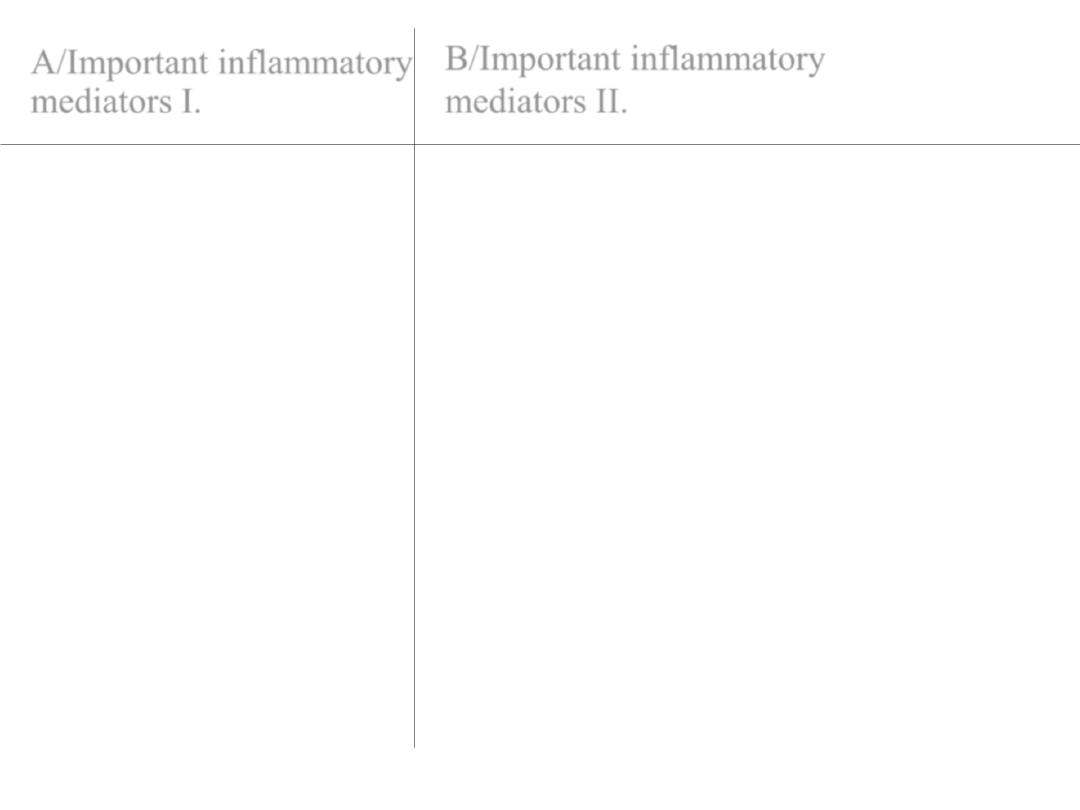
Lec 1 Theory Physiology Dr. Noor Salman
17
A/Important inflammatory
B/Important inflammatory
mediators I.
mediators II.
1. classic mediators:
1.
complement and derivatives
Histamine, serotonin,
2.
adhesive proteins
: selectin
prostaglandins and derivate
group - antiflamin
and other thrombocyte
derivate
3. antibodies
2. oxidant agents:
4.
neurogene
mediators:
superoxide derivatives
substance P, CGRP
3. cytokines
5. other factors
4. Chemokines
growth factor (somatomedins)
5. proteases: Hagemann -
colony stimulating factor (CSF)
factor

Lec 1 Theory Physiology Dr. Noor
Salman
18
